INSETOS
SLAM – FURNAS LANDSLAB
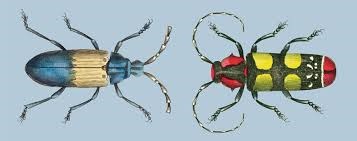
Português

OS INSETOS
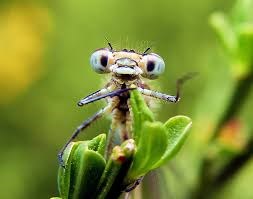
Os insetos são invertebrados com exosqueleto quitinoso, corpo dividido em três tagmas (cabeça, tórax e abdómen), três pares de patas articuladas, olhos compostos e duas antenas. Seu nome vem do latim insectum. Pertencem à classe Insecta e compõem o maior e mais largamente distribuído grupo de animais do filo Arthropoda e, consequentemente, dentre todos os animais. A ciência que se dedica a estudar os insetos é conhecida como Entomologia.
Os insetos são o grupo de animais mais diversificado existente na Terra. Embora não haja um consenso entre os entomologistas, estima-se que existam de 5 a 10 milhões de espécies diferentes, sendo que quase 1 milhão destas espécies já foram catalogadas. Os insetos podem ser encontrados em quase todos os ecossistemas do planeta, mas só um pequeno número de espécies se adaptaram à vida nos oceanos. Existem aproximadamente 5 mil espécies de Odonata (libelinhas), 20 mil de Orthoptera (gafanhotos e grilos), 170 mil de Lepidópteros (borboletas), 120 mil de Dípteros (moscas), 82 mil de Hemipteros (percevejos e afídeos), 350 mil de Coleópteros (besouros) e 110 mil de Hymenópteros (abelhas, vespas e formigas).
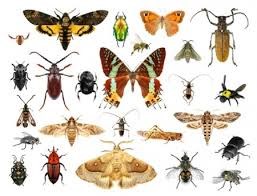
Alguns grupos menores, com uma anatomia semelhante, como os colêmbolos, eram agrupados com os insetos no grupo Hexapoda, mas atualmente seguem um grupo parafilético Ellipura, tendo discussões filogenéticas relevantes no campo da biologia comparativa. Os verdadeiros insetos distinguem-se dos outros artrópodes por serem ectognatas, ou seja, com as peças bucais externas e por terem onze segmentos abdominais e principalmente pela presença do Órgão de Johnston. Muitos artrópodes terrestres, como as centopeias, mil-pés, escorpiões, aranhas, como também microartrópodes colêmbolos são muitas vezes considerados erroneamente insetos.
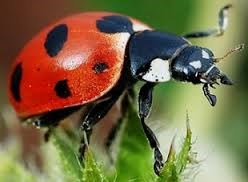
Armadilha SLAM na área do Furnas LandLab
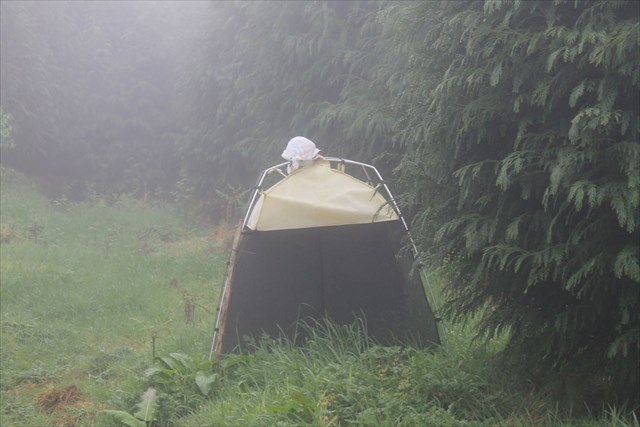
O Grupo de Biodiversidade dos Açores (GBA), está a desenvolver um “Estudo ecológico de longo prazo sobre os impactos das alterações climáticas na floresta natural dos Açores” e instalou 24 armadilhas SLAM distribuídas por várias parcelas de floresta nativa em sete Ilhas Açorianas, com o propósito de investigar as variações sazonais e anuais da biomassa dos insetos voadores. Nestas parcelas de estudo também está incluída uma armadilha SLAM na primeira área florestada no Furnas LandLab. O estudo possibilitará responder a diversas questões de grande interesse ecológico.
Os primeiros resultados, obtidos no Outono de 2013, indicaram a ocorrência de um total de 28 artrópodes nativos no local intervencionado do Furnas LandLab, com destaque para as seguintes espécies endémicas em elevada abundância: Rugathodes acoreensis Wunderlich; Sancus acoreensis (Wunderlich); Atheta dryochares Israelson; Cixius insularis Lindberg; Eupteryx azorica Ribaut; Hemerobius azoricus Tjeder.
Estes resultados são de extrema importância para aferir se a intervenção em curso para restaurar os valores ecológicos e paisagísticos da Bacia Hidrográfica da Lagoa das Furnas está de facto a surtir resultados positivos. Os resultados preliminares indicam progressos positivos na biodiversidade.
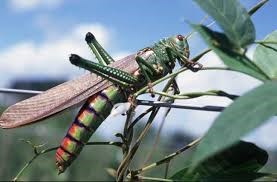
Laboratório de Paisagem
O Laboratório de Paisagem é o homólogo dos parques tecnológicos, mas vocacionado para o campo das Ciências Naturais. Em vez de laboratórios e escritórios num edifício, existem canteiros e talhões experimentais ao longo da paisagem. Os estudos e as experiências, conduzidas ao ar livre, abarcam disciplinas como a Silvicultura, a Agronomia, a Horto-Fruticultura, a Biologia, a Ecologia, a Bioengenharia, a Biotecnologia, a Psicologia Ambiental, o Paisagismo, a LandArt e o Turismo.

A CACHE:
A caixa tem um formato NÃO convencional.
Deve levar consigo material de escrita.
Por favor, não nem postem fotos que possam denunciar a cache.

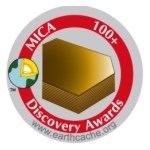

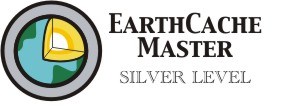
INSECTS
SLAM – FURMAS LANDSLAB

ENGLISH

INSECTS
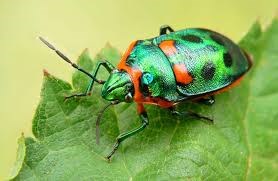
Insects are invertebrates with chitin exoskeleton, body divided into three tagmas (head, thorax and abdomen), three pairs of jointed legs, compound eyes, and two antennae. Its name comes from Latin insectum. They belong to the class Insecta and make up the largest and most widely distributed group of animals of the phylum Arthropoda and consequently, among all animals. The science that is dedicated to studying insects is called entomology.
Insects are the most diverse existing group of animals on Earth. While there is no consensus among entomologists, it is estimated that there are 5 million to 10 million different species, with almost 1 million of these species have been cataloged. Insects can be found in almost every ecosystem on the planet, but only a small number of species have adapted to life in the oceans. There are approximately 5000 species of Odonata (dragonflies), 20 000 of Orthoptera (grasshoppers and crickets), 170,000 of Lepidoptera (butterflies), 120,000 of Diptera (flies), 82,000 of Hemiptera (bugs and aphids), 350,000 of Coleoptera (beetles) and 110 thousand Hymenópteros (bees, wasps and ants).
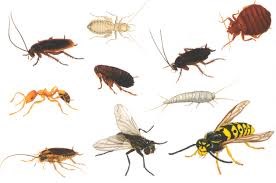
Some smaller groups with a similar anatomy as springtails, the insects were grouped in Hexapoda group, but now followed by a group Parafilético Ellipura having phylogenetic relevant discussion in the field of comparative biology. True insects are distinguished from other arthropods because they ectognatas, ie with external mouthparts and having eleven abdominal segments and especially by the presence of Johnston Authority. Many terrestrial arthropods, such as centipedes, thousand-feet, scorpions, spiders, as well microarthropod springtails are often considered wrongly insects.
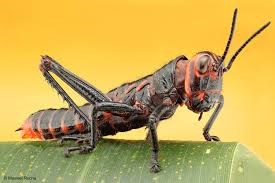
SLAM trap in the Furnas area LandsLab
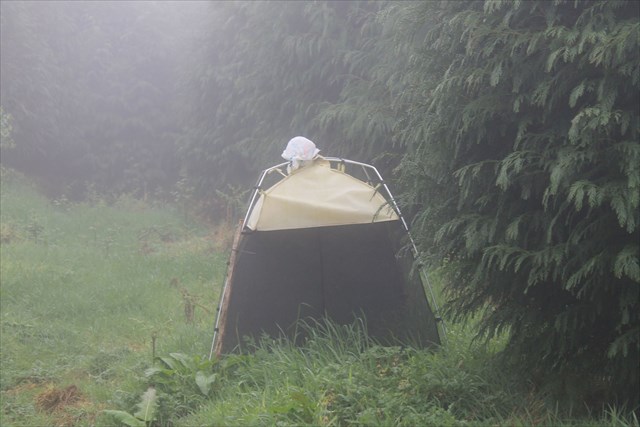
The Biodiversity Group Azores (GBA), is developing an "ecological study of long-term on the impacts of climate change on natural forest of the Azores" and installed 24 SLAM traps spread over several parcels of native forest in seven Azorean Islands, with the purpose of investigating the seasonal and annual variations in biomass of flying insects. These study plots one SLAM trap is also included in the first forested area in Furnas LandLab. The study will allow to answer several questions of great ecological interest.
The first results obtained in autumn 2013, indicated the occurrence of a total of 28 native arthropods operated upon in place of Furnas LandLab, highlighting the following endemic species in high abundance: Rugathodes acoreensis Wunderlich; Sancus acoreensis (Wunderlich); Atheta dryochares Israelson; Cixius insularis Lindberg; Eupteryx azorica Ribaut; Hemerobius azoricus Tjeder.
These results are extremely important to assess whether the ongoing intervention to restore the ecological and landscape values of the Furnas Lagoon Basin is in fact have positive results. Preliminary results indicate positive progress on biodiversity.
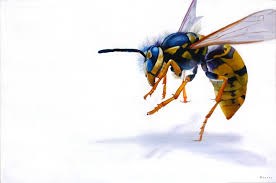
Landscape Laboratory
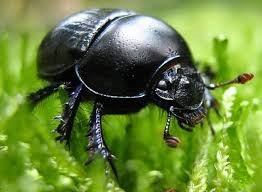
The Landscape Laboratory is the counterpart of technology parks, but designed for the field of Natural Sciences. Instead of laboratories and offices in a building, there are experimental plots and plots across the landscape. The studies and experiments conducted outdoors, cover subjects such as Forestry, Agronomy, the Horto-Fruit Culture, Biology, Ecology, Bioengineering, Biotechnology, Environmental Psychology, the landscaping, the LandArt and Tourism.
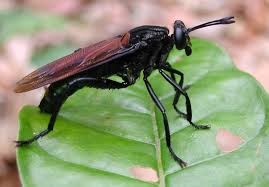

THE CACHE:
The box has a NO conventional format.
You should carry written material.
Please do not to post pictures that can report the cache.



